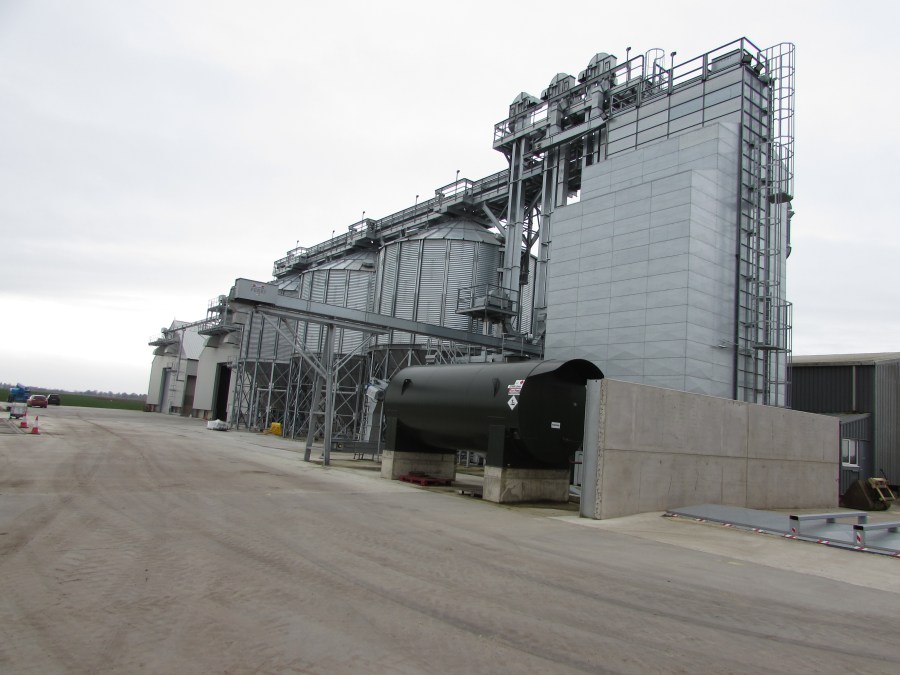Improving grain storage efficiency through use of the latest monitoring technology is enabling a Norfolk farm to boost quality control.
Waldersey Farms near Downham Market has recently completed a two-year project, building a new purpose-built facility to increase grain storage and drying capacity. The aim was to centralise storage in one location, to improve transportation and logistics.
Harvest support
Quality assurance manager, Rebecca Young, says greater flexibility and control was required to support the farm’s harvest period.
“Annually, we grow more than 2600ha of winter wheat, 600ha of both oilseed rape and sugar beet, plus more than 400ha of potatoes. Two new grain stores offering 15,000t of combined storage, along with new drying and cleaning facilities, enables the business to harvest crops at higher moisture levels of 18%,” she says.
“Prior to the new facility, we harvested most crops below 15% moisture because we didn’t have the drying capacity, which meant we were often weather reliant.”
Web temperature monitoring
According to managing director Mike Bennett, who designed and built the facility, an integral feature is the smart web temperature monitoring (WTM) system from Robydome. “The WTM is an intelligent, instinctive system that’s easy to set up with all the data stored in the control box for increased security. The real beauty is that you don’t require a desktop computer in the control room, so risks from dust or humidity are eliminated.”
How it works, is the WTM is a self-contained smart box linked to temperature probes and ventilation system sensors. It can automatically control the temperature of a store, or fans can be turned on manually through the web interface.
Mike says that as a result, the system should help the farm to make significant energy savings and reduce storage-associated costs. He also has high hopes for the technical performance of the new stores.
Tech spec
“The new storage and drying facility is made up of a grain conveying system, rated at 150t/hr based on wheat crops, and begins with a mechanically emptied, shallow surface intake pit.
“Grain comes in through the intake pit and is transported via one of four elevators to an aspirator pre-cleaner, which removes chaff and dust. The newly-cleaned grain then goes to one of three 500t hoppers, then into a 90t/hr capacity drier, and finally into one of two storage buildings with 5000t and 10,000t capacities.
“A belt conveyor with a tripper system ensures grain is evenly distributed across the floor of each store, making a continuous heap,” he concludes.




